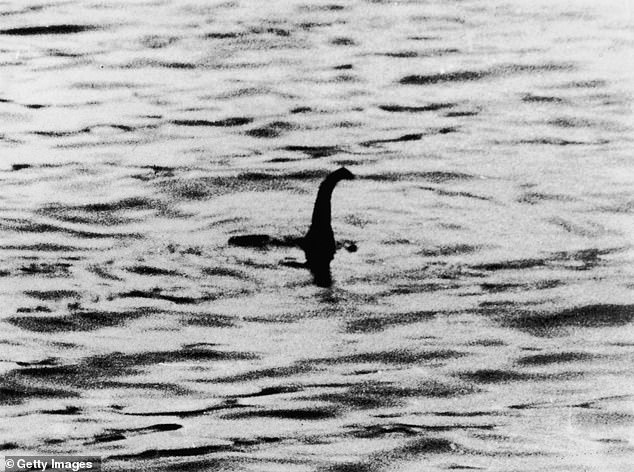
Nessie Hunters Vindicated: Study Confirms Loch Ness Monster Sightings as Real Phenomena
Nessie Sightings May Be Truthful—But Not the "Hooped Monster," Study Says
A new study suggests most Loch Ness Monster witnesses are likely truthful—but descriptions of a "hooped" serpentine creature are probably myths. Researchers analyzed how Nessie’s pop-culture image compares to actual sightings and found a striking mismatch.
Key Findings
- Stereotype vs. Reality: While 30% of Nessie-themed postcards depict the monster with a looping, humped body, only 1.5% of sightings describe this feature.
- Credibility of Witnesses: Statistician Dr. Charles Paxton argues the disparity shows most accounts aren’t fabricated. “People aren’t just making up experiences,” he said, though he stops short of confirming Nessie’s existence.
- Hooped Shape Debunked: Descriptions of Nessie arching in and out of the water are deemed “biologically impossible.” Naturalist Adrian Shine notes such movement would be inefficient underwater, stating, “There’s nothing to push against.”

The Loch Ness debate has persisted for nearly a century, fueled by ambiguous sightings (Image: Daily Mail).
Why Do People Report Seeing Nessie?
Researchers speculate that natural phenomena or misidentifications explain most encounters:
- Standing Waves: Loch Ness Exploration founder Alan McKenna suggests overlapping boat wakes can create wave formations resembling humps.
- Wildlife: Large fish, birds, or floating debris might be mistaken for a creature.
- Optical Illusions: Lighting and water conditions can distort objects.

"Standing waves" caused by boat traffic may explain mysterious humps (Image: Daily Mail).
The Birth of a Legend
The modern Nessie myth began in 1933 when hotel manager Aldie Mackay reported a “whale-like” creature. Since then, over 1,000 claims have been logged, including sonar readings of unexplained large objects.

The 1933 sighting sparked global fascination (Image: Daily Mail).
Are There Any Plausible Theories?
- Giant Fish: Some speculate sturgeons or catfish, which can grow over 10 feet long.
- Floating Logs: Waterlogged trees occasionally surface abruptly, creating illusions.
- Plesiosaur Survivors: Despite scientific consensus against it, some cling to the idea of a prehistoric reptile.

A sonar scan once detected a massive object 322 feet deep (Image: Daily Mail).
Conclusion
While the study lends credibility to witnesses’ sincerity, it doesn’t prove Nessie exists. As Shine summarizes, “The burden is on us to explain [sightings], not dismiss them.” Whether myth or mystery, the legend endures.

Artist’s depiction of the elusive Nessie (Image: Daily Mail).
Final Word: The Loch Ness Monster remains a cultural icon—one part folklore, one part enigma. For now, the waters keep their secret.


